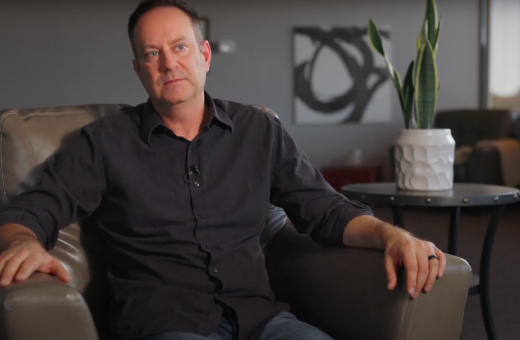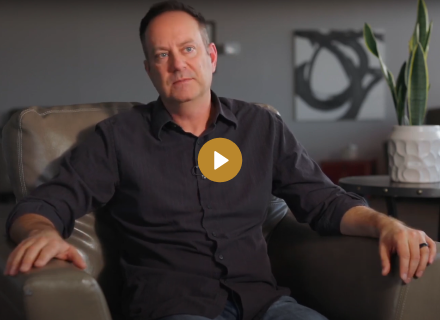By Floyd Godfrey, PhD
Understanding the Prevalence and Complexity of Compulsive Sexual Behavior
Compulsive sexual behavior, often referred to as hypersexuality or sexual addiction, is increasingly recognized as a significant mental health issue affecting individuals across all demographics. It disrupts relationships, impairs emotional regulation, and can lead to intense feelings of shame and isolation. Recent studies suggest that up to 3–6 percent of the population may struggle with this condition. Though the issue is widespread, many are suffering in silence due to societal stigma and internalized shame. Recovery professionals such as Kim Buck and Mark Laaser have been instrumental in developing frameworks that help individuals reclaim their lives through structured healing and support systems.
Educational Strategies in Recovery
Recovery from compulsive sexual behavior begins with awareness and psychoeducation. Clients must first understand that their struggle is not simply about sex; rather, it often stems from unresolved emotional pain, trauma, and maladaptive coping mechanisms. According to Carnes (2012), compulsive sexual behavior frequently coexists with deep attachment wounds or developmental trauma. Educational strategies include teaching clients about the addiction cycle, triggers, and the neurochemical processes involved in compulsive behaviors. These lessons help reduce shame and encourage individuals to see their behavior as a treatable condition rather than a moral failing.
Therapists and coaches should integrate evidence-based educational models into recovery plans, including materials from reliable organizations such as ASAT. By guiding clients through structured educational phases, professionals can foster self-awareness and cognitive restructuring, which are critical for breaking compulsive cycles.
The Role of Therapeutic and Coaching Interventions
Therapeutic interventions are the cornerstone of recovery. Individual counseling, group therapy, and coaching provide the support necessary for long-term change. Cognitive Behavioral Therapy (CBT) and trauma-informed modalities like EMDR (Eye Movement Desensitization and Reprocessing) have been shown to reduce relapse by addressing the underlying emotional drivers of sexual compulsivity (Reid et al., 2011).
Coaching models that incorporate goal-setting, accountability structures, and value-based living further empower clients to rebuild their lives. Certified Sex Addiction Specialists (CSAS) and coaches trained in sexual addiction recovery utilize tools such as the FASTER Scale and recovery capital assessments to measure progress and adapt treatment plans accordingly.
Mark Laaser emphasized the integration of spiritual growth and community connection in healing, suggesting that sustainable recovery is deeply relational. Therapeutic communities and 12-step programs like Sex Addicts Anonymous (SAA) or Sexaholics Anonymous (SA) also provide crucial peer support and structure for those in recovery.
Pathways to Long-Term Healing and Hope
While the road to recovery can be complex, it is entirely achievable. Healing occurs over time through consistent education, meaningful therapeutic engagement, and relational support. Clients often experience significant transformation as they move from secrecy and self-loathing toward transparency, self-compassion, and purpose.
Mental health professionals must continue advocating for broader awareness of compulsive sexual behavior and encourage a treatment culture grounded in empathy and clinical rigor. As Rob Weiss (2022) noted, recovery is not just about stopping harmful behaviors but creating a life worth staying sober for. This vision of healing provides hope not only for individuals but for their families and communities as well.
Floyd Godfrey, PhD is a Clinical Sexologist and a Certified Sex Addiction Specialist. He has been guiding clients since 2000 and currently speaks and provides consulting and mental health coaching across the globe. To learn more about Floyd Godfrey, PhD please visit his website: www.FloydGodfrey.com
References
Carnes, P. (2012). Facing the shadow: Starting sexual and relationship recovery. Carefree Publishing.
Reid, R. C., Garos, S., & Fong, T. W. (2011). Psychometric development of the Hypersexual Behavior Inventory in an outpatient sample of men. Sexual Addiction & Compulsivity, 18(1), 30–51. https://doi.org/10.1080/10720162.2011.555709
Weiss, R. (2022). Prodependence: Moving beyond codependency. Health Communications, Inc.



